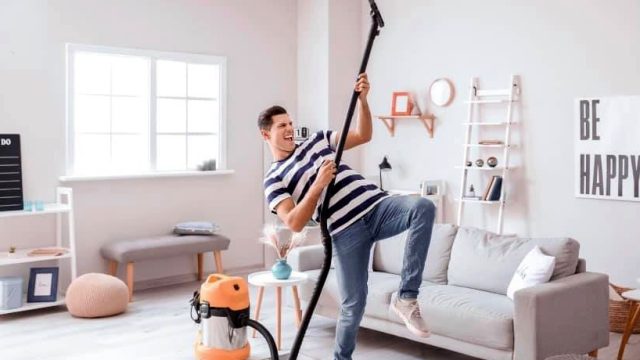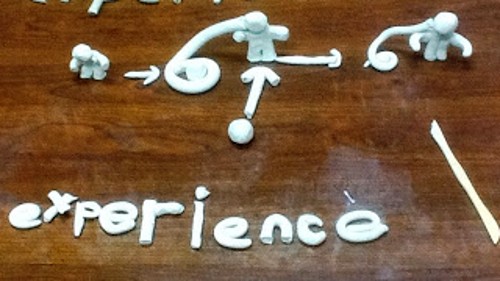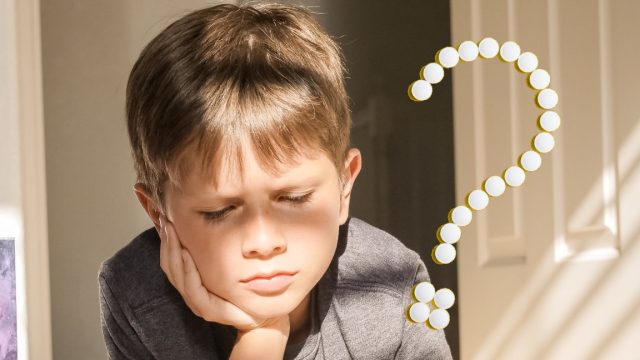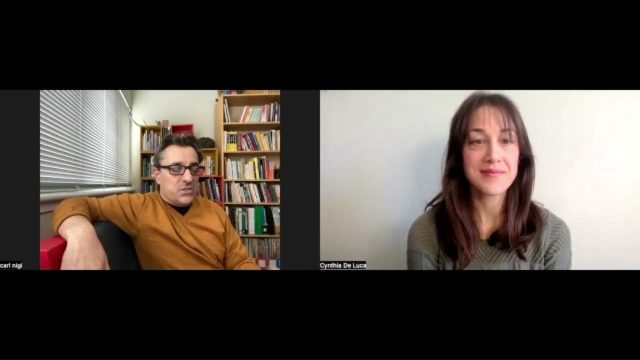Sam’s Davis Program

In my book, Dyslexia. Wrestling With An Octopus: 10 Tips to Help Your Child, I mentioned that the Davis Dyslexia Correction programme didn’t help my son Harry. I now appreciate that at age seven, he was too young to benefit. However, I have spoken to people who swear by the Davis programme. So I asked Melissa to tell us about the difference the Davis programme made to her youngest son, Sam.
Hi, Melissa here:
Sam is nearly thirteen, and despite having been in an intensive, structured literacy programme twice a week for over six years, he only had 10-15 sight words.
Structured literacy didn’t work for Sam
I was desperate and couldn’t think how to help him. I contacted many organisations, which all had great ideas and suggestions. Still, the one that perked my interest was a suggestion by the ladies at Dyslexia NZ, who said to look into Davis. This suggestion came after I mentioned an experience I’d had with Sam.
My Sam is a picture thinker. While lying beside him one day, I asked him to spell the word ‘was’. He did it easily. I got up and made the same word using letter tiles. When I asked him to read the word I’d made, he couldn’t.
“How did you spell ‘was’ so quickly? I asked.
“I pictured it in my mind,” he replied.
When I started looking into the Davis method, I visited two facilitators with Sam. We went with the person he connected with the best, as a strong connection is essential for the programme’s success. The programme has also given Sam tools to manage his focus and attention.
What is the Davis Dyslexia Correction Programme?
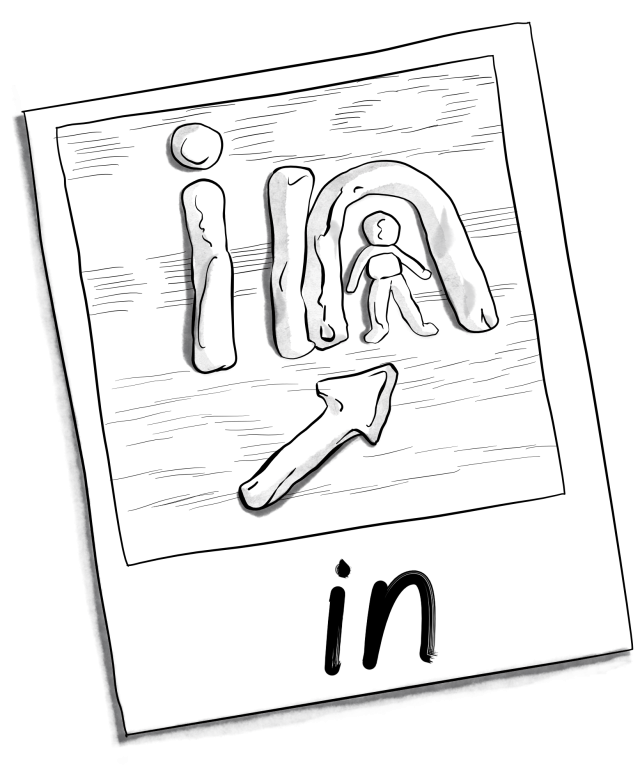
The Davis Dyslexia Correction method created clay pictures for ‘trigger’ words. Nouns like cat, dog and house are easy for a child to picture, but other words, such as ‘the’ ‘and’ ‘it’, ‘is’ etc., can’t be visualised. These are the ‘trigger’ words. The Davis method encourages a child to make a picture out of clay for each of these words.
Sam took to it like a duck to water. I had no idea how to visualise ‘and,’ but he immediately came up with an idea. The child must decide what to make with the clay; they are the ones who need to remember the picture.
When Sam left the first Davis session, he grabbed my wrist and said,
“It’s like she knows magic. She looked deep inside me and turned the key.”
For a child such as Sam, who has difficulty sitting still, his focus during the session was nothing short of miraculous. He sat from 8.30-4 pm, intently focused on creating clay words.
How the school helped with the Davis programme
Since our initial six sessions with a facilitator, I now help Sam at home, and his teacher aid at school works with him on clay words three times a week. She is thrilled to have something to offer him and read a book about the Davis method to upskill for the sessions.
After six months of making ‘trigger’ words, Sam has 70-80 sight words. When I asked him to read the Essential Spelling Lists 1-3, he read all the words to me except ‘because’. This is the word he is currently working on in clay. Just the other day, Sam sent me his first text. He’d typed I’m doing my teeth now. I felt so proud. I want him to be able to communicate with his friends by text, and it was great to see him giving it a go. I’m hoping the improvements in his word recognition will help when he transitions to high school next year.
What is the best age to try the Davis Dyslexia Correct Programme?
Hindsight is 20/20. I wish I’d stopped the structured literacy lessons sooner. They cost me $500 per term, and after the first term, Sam made no progress. Structured literacy helped my other children with their dyslexia, but Sam has a very different brain. Timing is vital with whatever programme you try. The Davis website says children must be over eight to benefit from their programme, but I think in Sam’s case, being twelve helped. He wanted to learn and was excited by this approach. Before Davis, it was like he was living in a foreign country. He saw words all around him, but they looked as strange as Chinese or Arabic.
Dyslexia has nothing to do with intelligence. Sam is bright and is gifted in EQ. His charm and people skills have enabled him to keep his self-esteem intact despite his literacy difficulties.
Other things that have helped Sam
Although reading hasn’t been possible due to his low number of sight words, Sam is a voracious audiobook listener, and he amazes me with his recall of stories. History fascinates him. He loves nothing more than to tell the rest of the family about the latest historical fact he’s learned. Recently, he came third in his school speech competition, performing beautifully on stage with only three pictures on his cue cards. He loves drama and is starting an improvisation class next term.
Being outdoors improves Sam’s mood, and he competes in sports along with the rest of our family.
I hope you enjoyed hearing about Sam and his journey with the Davis Dyslexia Correction Programme!
